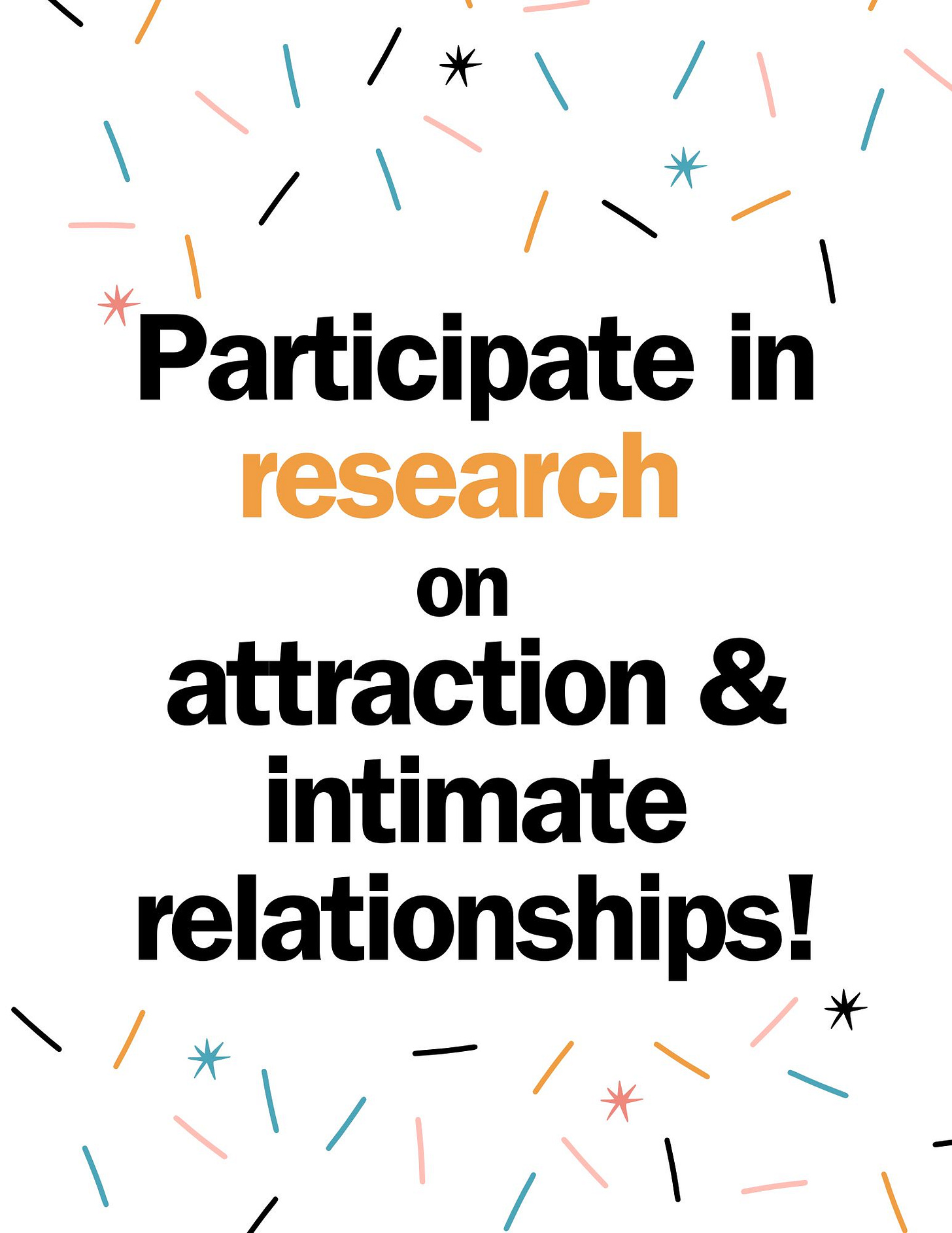Earlier this year, Silvia Battista, a social psychologist at Marconi University in Italy, reached out to me with a proposal to collaborate.
Like me, Silvia has been interested in the split attraction model, a framework that emerges in asexual spaces to explain the idea that people can experience various forms of attraction (sexual, romantic, platonic, etc.) and that they can be “split.”
In other words, someone’s sexual attraction may not “match” their romantic attraction. You might be romantically attracted women, for example, but sexually attracted to men (or to no one at all).
Although asexual people have been discussing these ideas for years, researchers have been slower to join the conversation.
Last year, I published an article where I used interviews with asexual people to examine the split attraction model.
Now, Silvia and I (and several other researchers in Europe) are teaming up to examine the idea of split attraction using survey data. And you can help by taking our survey on attraction and intimate relationships here.
We’re looking for responses from everyone (LGBTQIA+ or not), and we’re particularly low on responses from straight folks. Your participation is anonymous and helps us build better research about attraction, intimate relationships, and the diverse human experience.
Please share widely!
Canton Winer is an Assistant Professor of Sociology and Women, Gender, and Sexuality Studies at Northern Illinois University. His research focuses on the relationships between gender and sexuality, with specific focus on the experiences and perspectives of people on the asexuality spectrum. You can keep up with his research on Bluesky.
Want to support my research on asexuality? Consider becoming a contributing subscriber by clicking on the button above. I am committed to keeping my work free, without paywalls. Consider your paid membership a token of appreciation, an investment in research on asexuality, and a small but meaningful way to join a community that shares your interests.





One of these questions toward the end presupposes a sexual partner, I think accidentally, toward the end of the survey. I just said neither agree nor disagree because it's not that I don't talk to my partner about sexuality; I just don't have a partner but would if I did.
I'm not exactly sure that I understand the way to answer, "Please indicate how frequently you experience each type of attraction by responding on a scale from: 1 = Never to 7 = Always."
Does this mean, "I experience this kind of attraction this frequently"? Or does it means, "When I experience attraction [regardless of frequency], this particular kind of attraction is present"? Or put another way: does the number indicate how often I experience this kind of attraction with people that I interact with or does it indicate which how likely a certain kind of attraction is to be present when attraction is present at all?
I'm guessing it's the latter, but I wanted to be sure.